How to Speak to Senior Leaders

When You Are NOT Known to the Audience
🟢 Establish Credibility Quickly
Briefly introduce yourself with relevant expertise.
Example: “I’m [Your Name], leading [Project/Initiative]. I’ve analyzed [Key Issue] and have a recommendation for you.”
If someone is sponsoring your presentation, mention their support.
Mastering Effective Communication
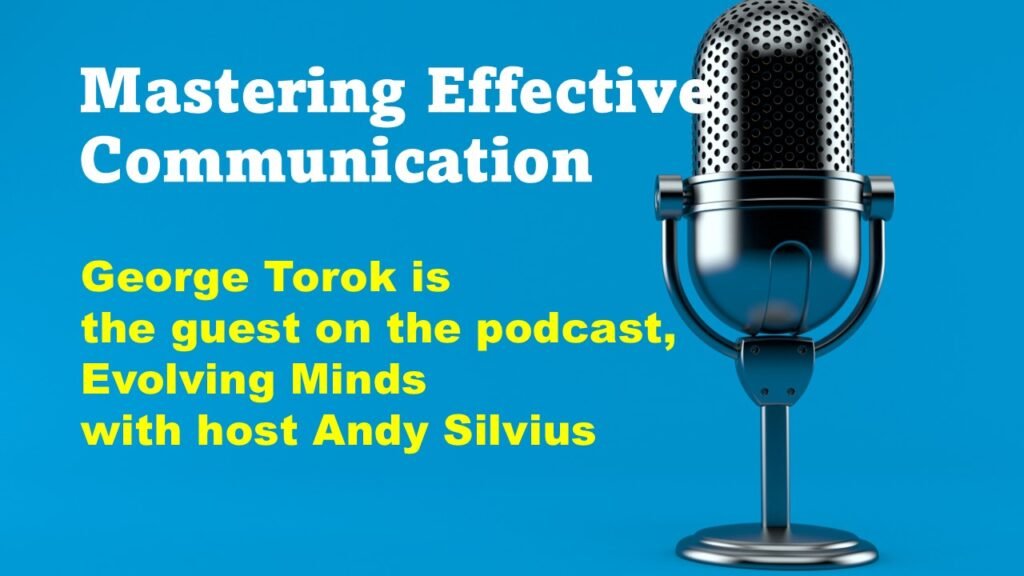
These lessons boil down to a few core practices: knowing and prioritizing your audience, making your points memorable through storytelling, communicating clearly, preparing well, and being responsive to real-time feedback. Together, these strategies lay a strong foundation for becoming a more effective and engaging communicator.
Communication lessons from Star Trek TNG
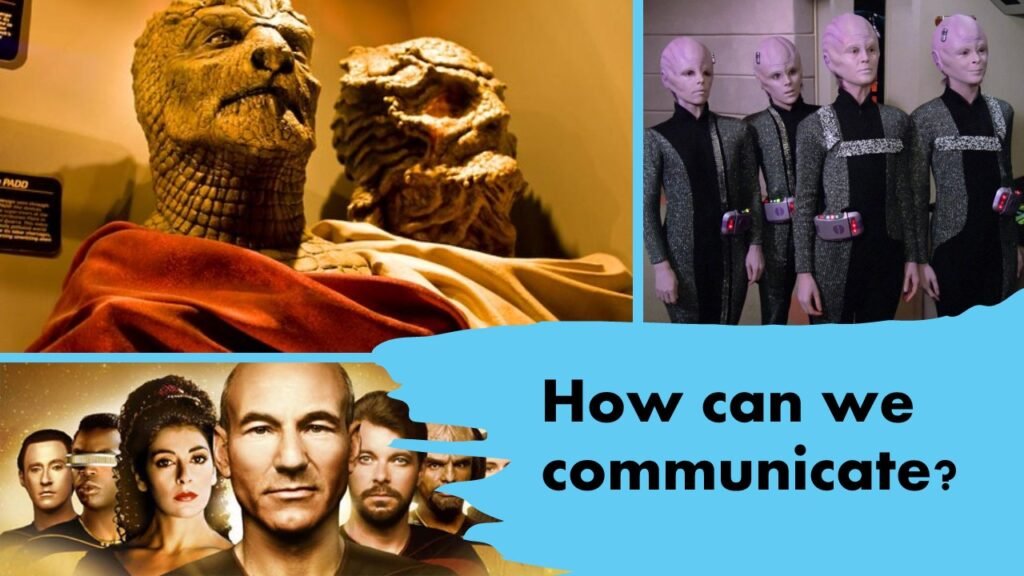
The fiction is only one part of the story. The setting is a spaceship, yet the individual episodes are often about relationships and communication challenges.
What might we learn about communication while humans attempt to communicate and forge relationships with alien species about the cosmos?
The Perfect Podcast Guest Pitch

When you reach out to a podcast host with your first message, you are creating your first impression. What can you do to make the best first impression? If you don’t care about your first impression, why would the podcast host care about inviting you on their show?
How to Become a Podcast Guest:

Do you want to be a guest on a podcast? Would you like to know what to say to the host in your initial message when pitching your story? What are the boxes you need to check to get noticed, respected and invited?
What is the Divide between Your Intended Message and Your Unintended Message?

So perhaps the first reason why your intended message doesn’t get across is maybe you simply failed to clarify your message before sending clarify your message before you start speaking. And that might mean pausing and thinking before you speak.
How to Build Your Self-Confidence

Self-confidence is the currency of success. It can be a elusive coin. Yet it is critical to life and success.
It can determine the difference between success and failure, happiness and misery, and even life and death. It’s not something that comes naturally, yet it’s a skill that can be learned and improved upon with practice. In this article, we will discuss some practical tips and techniques that can help you build self-confidence.
How Can Emerging Leaders Deal with Imposter Syndrome?
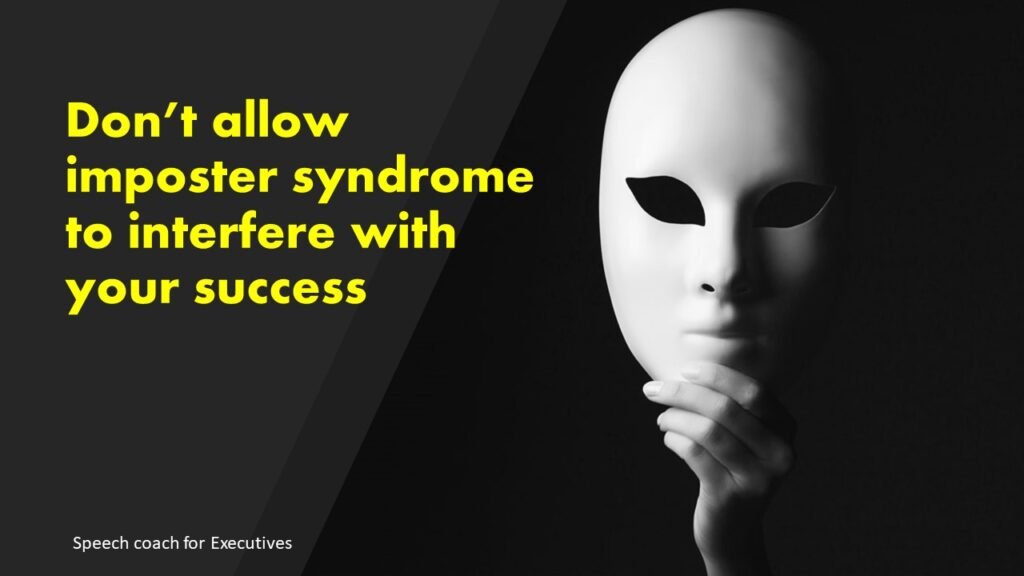
Imposter syndrome is a psychological pattern in which a person doubts their accomplishments, skills, or abilities and has an internalized fear of being exposed as a fraud or impostor. People with imposter syndrome often feel like they don’t belong or that they have achieved their success due to luck rather than their own abilities.
How to speak with more confidence
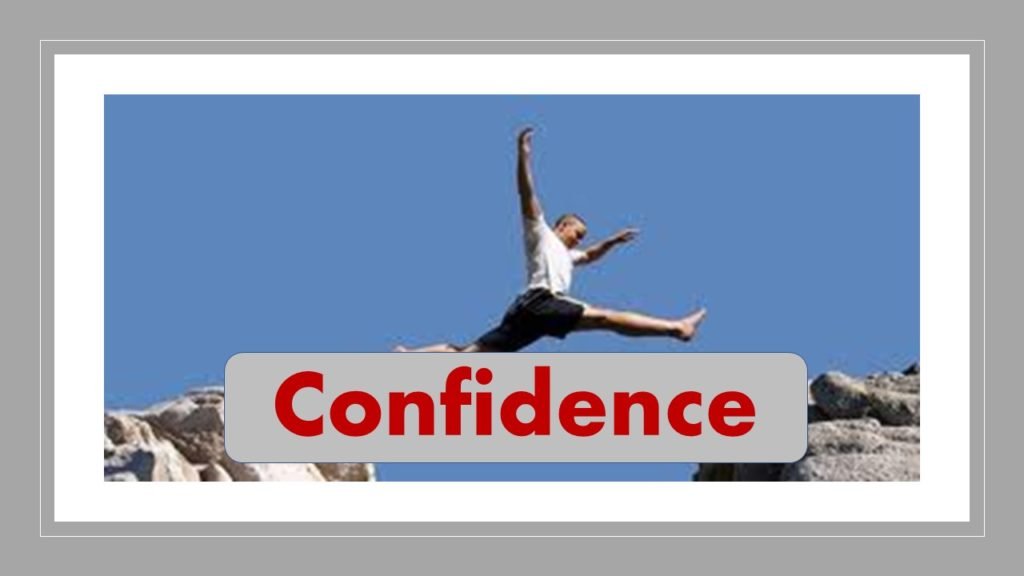
Speak with more confidence
When you are speaking, which do you believe Is more important? To feel confident or to appear confident? Think about that. You probably want both, but you can’t have both all the time. The question is which is more important? The answer is, it’s more important to appear confident. Why? Because that is the perspective of your listeners. Once you recognize that it’s about the audience experience and not your experience three factors work in your favor.
How to open your presentation
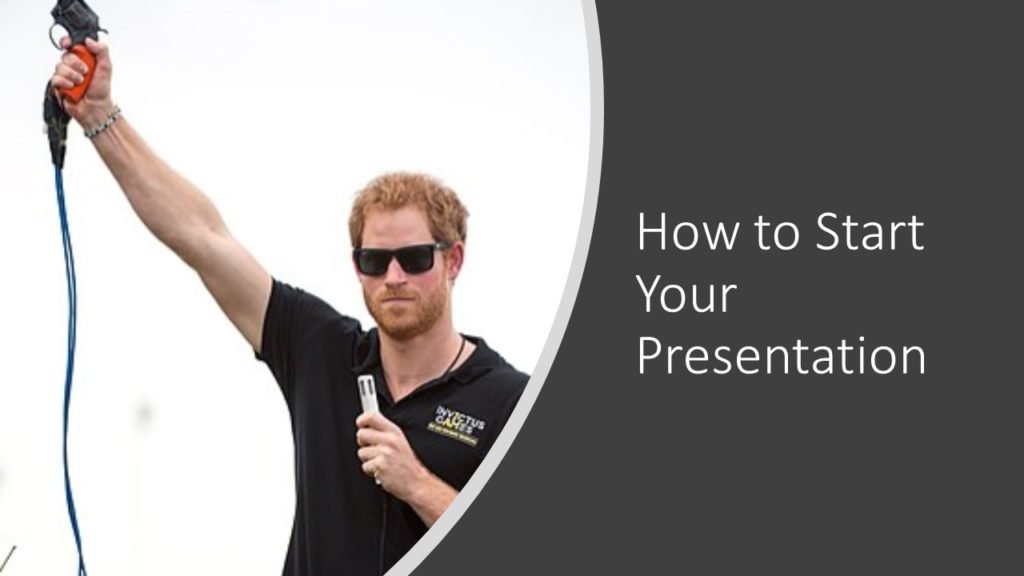
Your first words are important because your audience is judging you. They are scrolling through questions in their mind:
Should I listen? How long will this take? Do I trust the person? How painful will this be? When will we get to the relevant part? What does this mean to me?
The purpose of your opening is to grab their attention, establish rapport and set the direction.
Most importantly – grab attention. How might you do that?
